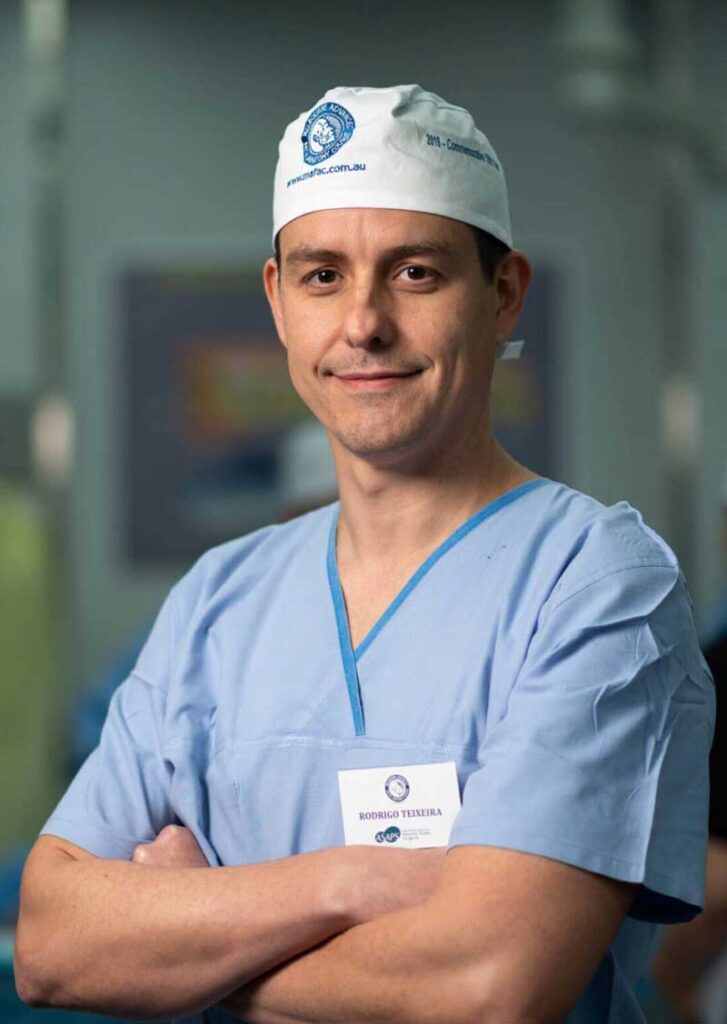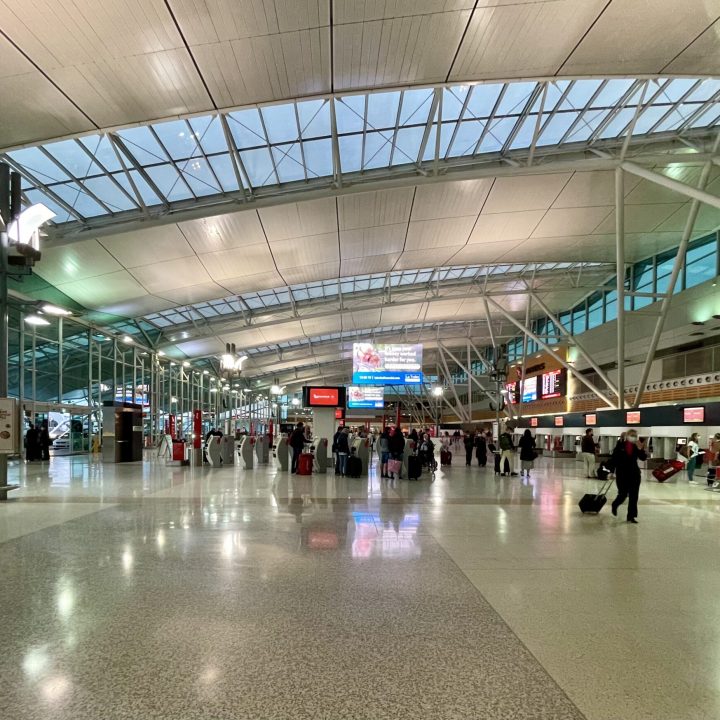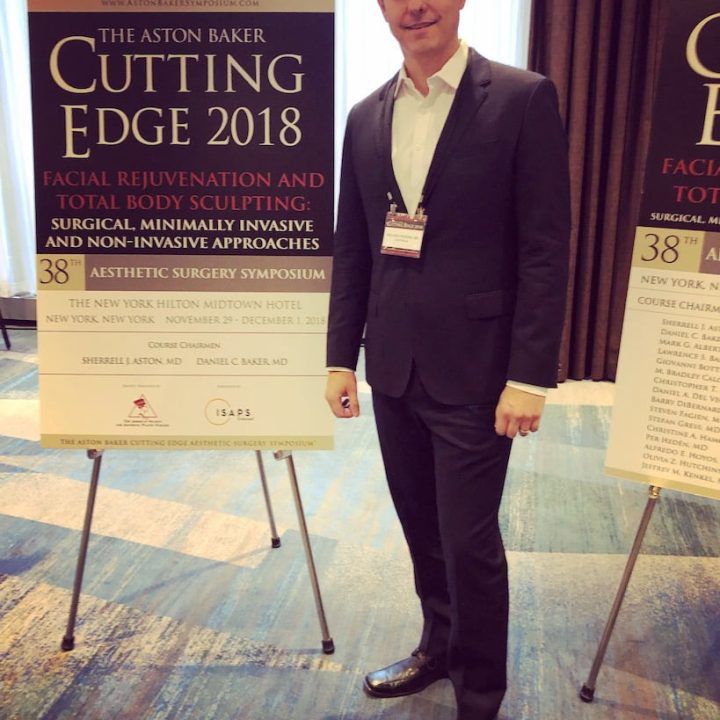Abdominoplasty & Liposuction Melbourne
Dr Rodrigo Teixeira offers abdominoplasty and liposuction in Melbourne to address excess abdominal tissue, localised fat, and muscle separation. Each procedure is tailored to the patient’s anatomy, skin quality, and treatment goals.
About Abdominoplasty
Abdominoplasty is a procedure that removes excess abdominal skin and fat and, when indicated, repairs muscle separation (rectus diastasis). It may be considered by individuals experiencing changes following pregnancy, significant weight loss, or ageing, especially when these affect comfort, function, or body contour.
Dr Teixeira takes a personalised and measured approach to surgical planning, considering the patient’s anatomy, symptoms, lifestyle, and goals. His focus is on delivering safe outcomes that are proportionate, sustainable, and aligned with long-term wellbeing.
Types of Abdominoplasty Procedures
Several abdominoplasty techniques are available depending on the location and extent of excess tissue, skin quality, and muscle laxity. The most appropriate approach is determined during consultation based on your anatomy, goals, and any underlying symptoms.
Full Abdominoplasty
A full abdominoplasty is typically indicated when there is significant skin and tissue redundancy. It involves a longer incision across the lower abdomen, removal of excess tissue, tightening of the abdominal wall, and repositioning of the navel through transposition. This approach allows for comprehensive correction of both skin excess and muscle separation.
Mini Abdominoplasty
A mini abdominoplasty addresses more limited excess below the navel and involves a shorter incision. In some cases, the navel may be lowered slightly, but it is not transposed. Muscle plication can still be performed if required. This technique is most suitable for patients with mild skin laxity and good upper abdominal tone.
Fleur-de-Lis Abdominoplasty
Used in cases of substantial vertical and horizontal excess, often after massive weight loss, this technique combines a horizontal incision with a vertical midline scar to allow more extensive tissue removal and improved contour.
Abdominal Muscle Separation and Repair
Abdominal muscle separation, or rectus diastasis, occurs when the connective tissue between the left and right rectus muscles stretches or weakens—often following pregnancy, weight fluctuations, or abdominal wall strain.
When indicated, muscle plication is performed during abdominoplasty to restore core integrity and improve abdominal wall function. This may help with posture, support, and the appearance of abdominal bulging. It is not always necessary in every case, and the decision depends on the degree of separation, patient symptoms, and functional goals.
Liposuction (Lipoplasty)
Liposuction, or lipoplasty, is a surgical procedure used to remove localised fat deposits and improve body contour. It may be performed as a standalone treatment or in combination with abdominoplasty, depending on the distribution of fat and the quality of the overlying skin.
Liposuction is not a treatment for skin laxity or muscle separation. Its effectiveness depends on factors such as skin elasticity, anatomical location, and the patient’s overall body composition. It may be used to target areas such as the flanks, abdomen, or upper abdomen to enhance the surgical result.
Techniques in Liposuction
Several techniques may be used to assist with fat removal and optimise contouring. The choice of method depends on the treatment area, surgical goals, and patient-specific factors.
Tumescent Technique: A fluid solution containing saline, local anaesthetic, and adrenaline is injected into the treatment area to facilitate fat removal, minimise bleeding, and improve post-operative comfort.
Power-Assisted Liposuction (PAL): A motorised cannula creates small, rapid movements to help break up fat before suction. This can improve precision and efficiency, particularly in fibrous or larger areas.
Energy-Based Modalities: In selected cases, technologies such as radiofrequency or ultrasound may be used to assist with fat breakdown and potentially support skin contraction, depending on the patient’s tissue characteristics.
These methods are not interchangeable and are selected based on safety, anatomy, and the intended outcome.

Risks and Complications
All surgical procedures carry inherent risks, and these vary depending on the procedure type, individual health, and healing response. During your consultation, Dr Teixeira will discuss risks relevant to your case and provide guidance to help reduce them through preparation and aftercare.
General risks may include:
- Bleeding or haematoma
- Infection or delayed wound healing
- Fluid accumulation (seroma)
- Scarring or contour irregularities
- Temporary or permanent changes in sensation
- Skin or tissue necrosis (more likely in smokers)
- Anaesthesia-related side effects
- Unsatisfactory results requiring revision
The likelihood and severity of complications depend on several factors, including procedure extent, medical history, and adherence to post-operative instructions. A personalised care plan is provided to support safety at every stage of your recovery.
Surgery and Recovery
Recovery following abdominoplasty or liposuction is carefully planned to support healing, safety, and comfort. Follow-up appointments may be with Dr Teixeira or our registered nurse under his supervision, ensuring your progress is closely monitored throughout each stage of recovery.
Most patients return to light activity within two to three weeks, though recovery time varies depending on the procedure. A compression garment is usually recommended for several weeks to support the tissues and manage swelling.
Recovery Tips
- Rest and Gentle Movement: Short walks are encouraged early on to support circulation. Avoid strenuous activity until cleared by the surgical team.
- Compression Garments: Wear the prescribed garment as directed to minimise swelling and support contour.
- Pain Management: Use prescribed medication as needed, and follow your care instructions to stay comfortable.
- Healthy Habits: Maintain good hydration and a balanced diet to support tissue repair.
- Attend Follow-Up Appointments: Regular reviews help track healing and allow early intervention if needed.
A coordinated, team-based approach ensures your recovery is supported both medically and practically, with access to care and advice as you heal.
Complementary Treatments at Unveil Aesthetics
To support surgical outcomes or provide additional non-surgical options, Unveil Aesthetics offers a range of treatments that may be recommended before or after surgery. These treatments are selected based on your recovery stage, skin quality, and individual goals.
Options include:
- Radiofrequency and Ultrasound: Non-invasive energy-based treatments that may assist with skin firmness and contour refinement.
- Microneedling with Radiofrequency: Used to improve the appearance of surgical scars, stretch marks, and skin texture.
- Lymphatic Support and Massage: Gentle techniques such as Brazilian lymphatic drainage may help reduce swelling, support circulation, and enhance recovery.
These therapies are offered in consultation with the clinical team and may form part of your tailored post-operative care plan.



